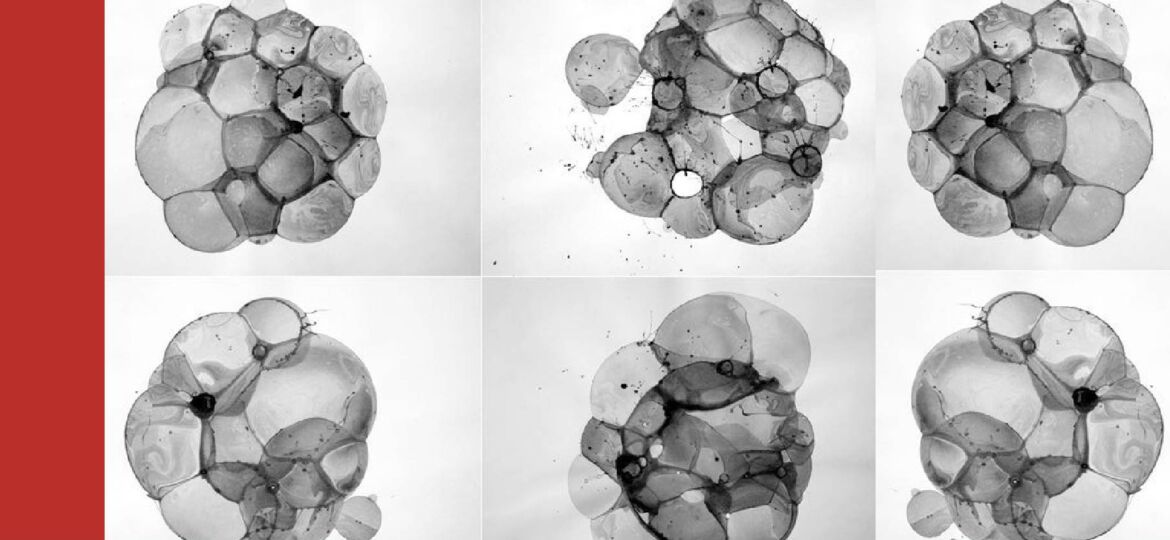
Nail fungus is caused by single-celled fungi called dermatophytes. Nail fungus, which is the most common among nail diseases, usually occurs when the fungus formed on the skin is transmitted to the nail by contact or circulation. Apart from this, crushing and damaging the nail by hitting a hard place, wearing shoes with very tight thin toes and cutting the nails too deep also prepares the ground for nail fungus.
What are the ways of transmission?
Scratching the fungal area causes the fungus to spread. During scratching, the fungus can spread to the fingernail and from there to other areas. Travelling barefoot in humid environments or in places such as pools and baths, not drying the feet well after washing and thus keeping the feet moist, sweating in shoes, common use of items such as nail clippers and towels are among the reasons that create a risk for fungus. Some diseases also reduce resistance to nail fungus: diabetes, weak immune system, some medications used.
How to Understand?
Colour changes such as yellowing of the nail, thickening, pitting under the nail, crumbling and even separation of the nail from the skin in some cases are among the findings. Since fungi tend to settle on damaged nails, it is necessary to be careful against traumatic situations such as small or pointed shoes that compress the feet, unconscious manicure and pedicure procedures, and blows to the nails. These disrupt the structure of the nail, making it more susceptible to infection.
What Complaints It Causes
Nail fungus spoils the appearance and shape of the nail. If it occurs on the foot, it may cause bad odour. It causes cracks in the nail, dandruff-like spillage. People with nail fungus may have difficulty wearing shoes, walking, standing for a long time. This situation can even cause them pain.
What can be done for treatment?
Fungi that are not treated correctly can progress and affect the nail bed and nail plate over time and descend to the nail root. It may cause nail loss.
During the toenail fungus care to be performed by a specialist podologist in our centre, the thickened and fungal nail is thinned and cleaned with podology devices so that no diseased tissue is left. Cleaning the diseased tissue allows the healthy nail to grow from the back without infecting the fungus, and at the same time, the discomfort in the shoes caused by the thickening of the nail is eliminated.
The appearance of thickened nails due to fungus or various reasons is corrected in a single session, and in the following sessions, the onycolit gel system is applied to ensure that the thickness does not increase and the nail looks aesthetic. Thus, the nail surface is covered with a special gel. Thanks to regular care, the nail does not thicken and deform again and maintains its appearance.



